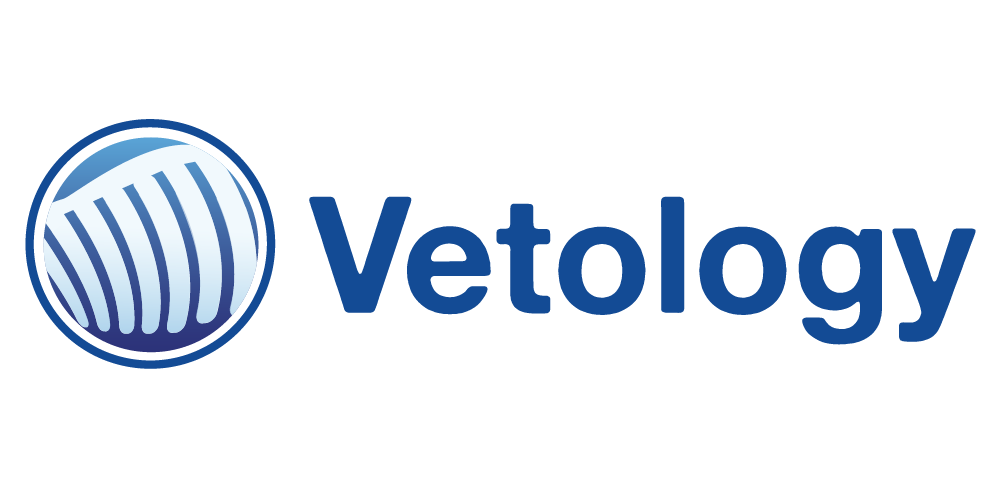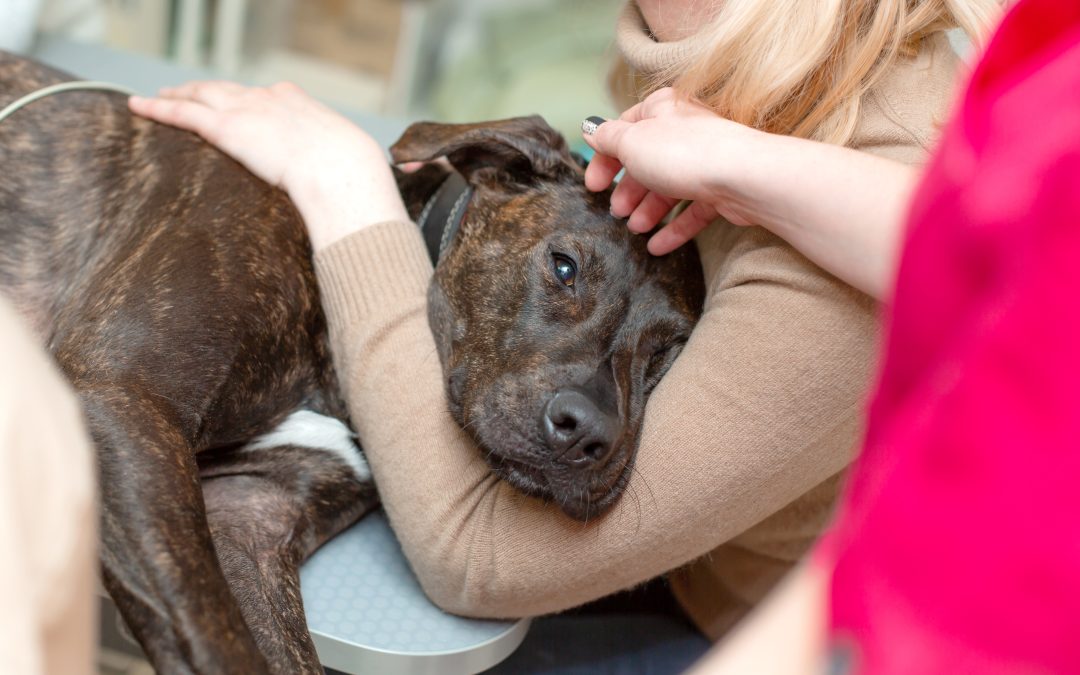This article examines how artificial intelligence (AI) is revolutionizing veterinary medicine by enhancing diagnostic accuracy, improving workflow efficiency, and addressing the shortage of radiologists. It highlights Vetology’s AI-driven tools, such as automated radiograph analysis and teleradiology services, which support veterinarians in making timely and informed decisions. It emphasizes the importance of integrating AI with human expertise to ensure optimal patient care and operational effectiveness. Read more about how:
- AI accelerates radiograph interpretation, reducing turnaround times.
- Automated analysis aids in detecting abnormalities and guiding treatment plans.
- Teleradiology services provide access to board-certified radiologists remotely.
- Combining AI with human oversight enhances diagnostic confidence and accuracy.
Can machine learning live up to expectations?
The American Medical Veterinary Association (AVMA) interviewed Dr. Seth Wallack, Founder of Vetology and Eric Goldman, President of Vetology.
We discussed with the AVMA the challenges of not having enough radiologists to meet the demand. This is not just a problem for our teleradiology practice, but a global problem that impacts general practice managers, specialty and emergency hospitals. Turn-around times for obtaining a radiology over-read by a boarded radiologist can take upwards of 8 hours to 5 days. A 2018 study predicted that, by the end of 2022, 66 percent of the North American veterinary teleradiology caseload will not be met.
Vetology recognized the power of AI technology to automatically read images and interpret results. In 2017, Vetology developed software to use visual object resolution to help diagnose diseases. The techniques were first used internally to support our own radiologists to be more efficient and meet demand. In 2018, the capabilities were expanded and we were the first to market to offer an augmented interpretation of radiographs using artificial intelligence and machine learning. This allowed for a complete radiograph interpretation in 5 minutes or less and on par to that of a human veterinary radiologist.
The AVMA identified that artificial intelligence has the ability to speed up radiology interpretations and provides a substantial benefit to both patient health and the DVM. Faster, more reliable results mean faster diagnoses, better treatment, and healthier pets.
Read the full article on the AVMA website
Artificial intelligence & veterinary medicine
Can machine learning live up to expectations?

